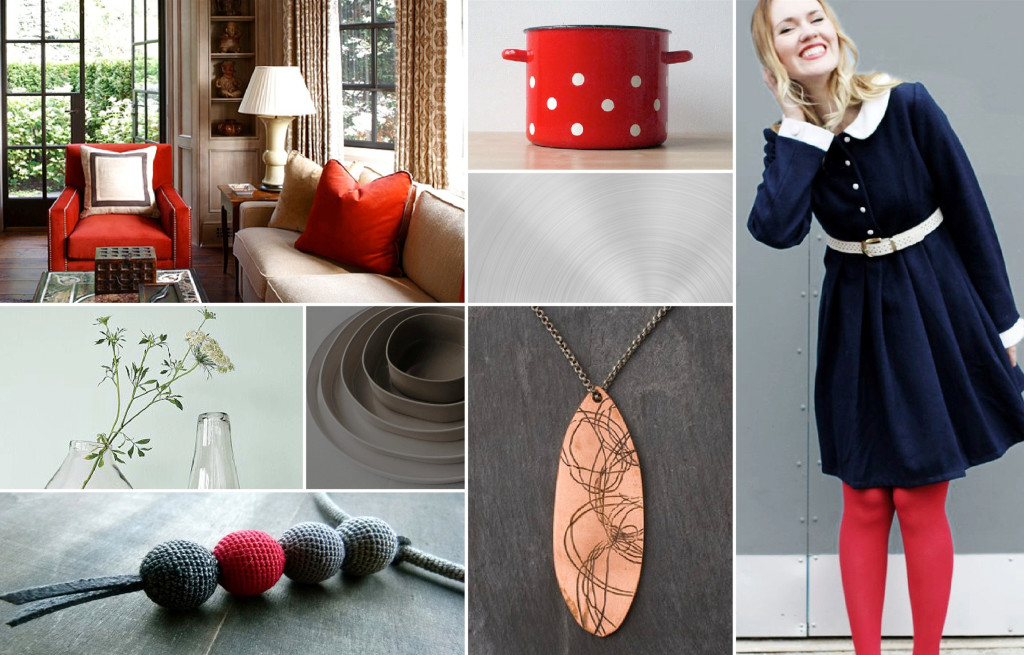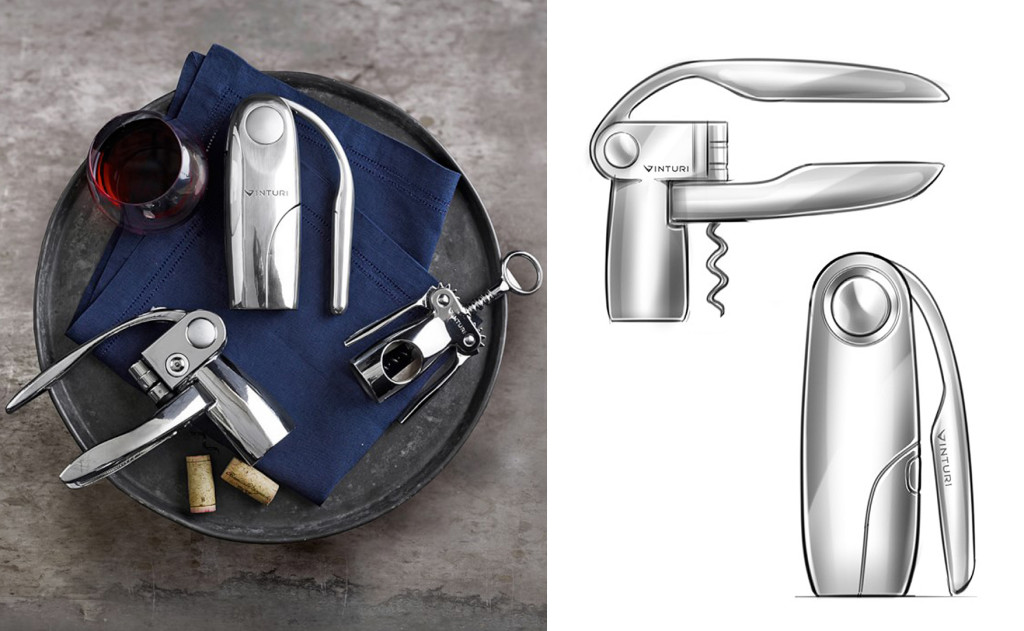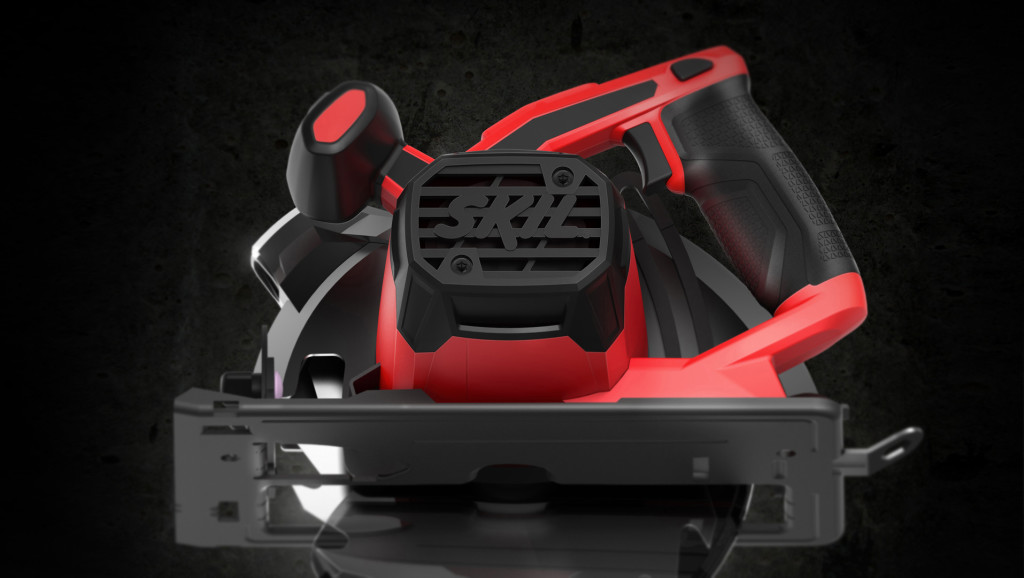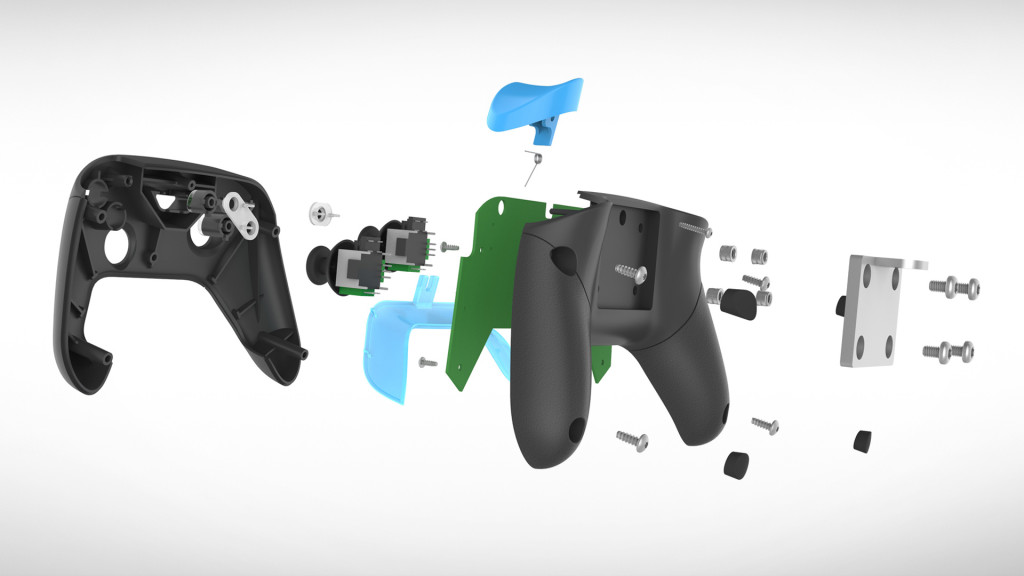Connecting Design and Emotional Intelligence
By: Sean Kim, Director of Industrial Design, Beyond Design, Inc.
The ability to put yourself in someone else’s shoes and accurately perceive their overall experience is one of the most overlooked skills in all facets in our society, but especially in the world of design. It is critically fundamental to understand a selected audience and their human connection into a product. Having empathy can be defined as understanding and acknowledging others’ feelings, needs and concerns. It requires a certain level of ‘emotional intelligence’ in order to be sensitive and conscientious of how consumers and users might experience their emotions at any given moment/place/time.
As some of you already know, Daniel Goleman, an American psychologist defines ‘Emotional intelligence’ is the ability to successfully manage and understand the emotional impact behind their choices. ‘EI’ conveys and implies a definite and fair control over one’s interpersonal relationships. Over the course of time, he developed a framework of five (5) elements that define emotional intelligence. By using these five (5) elements, this will help designers become more successful and productive by being able to share the findings into the work.
• Self Regulation
• Self Awareness
• Empathy
• Motivation
• Social Skills
As designers, we know that consumers buy on emotion and then validate their logic on their purchase. Attaching a feeling to one of our senses is a commonality that most people share. Everything in design is constantly being judged, compared and labeled to the next product on the shelf. Our emotions provide us with a better and faster understanding to size-up a situation and determine as designers what we can do to fix it.
Putting yourself in the user’s shoes and grading your experience on an emotional level is a product requirement checklist is a viable test to review our assumptions and make valid recommendations. The ability to empathize a great tool to give a designer the capability to discover what is behind a good or even great design. The question that we should ask our customers is “how did it make you feel?” not “how did it work”? There are many reasons why businesses may not like using emotions to help design and build better products – as humans are pretty indecisive and how they control them. And it doesn’t help that decisions based on feelings are a hard sell.
With all of the aspects that go along with product development, understanding the emotional aspect of presenting appeal and exchanges to your customers is pivotal to the success of your business. Companies usually succeed when they tap into all their resources and the ability to connect with people of all sorts. In today’s customer-centric world, this is invaluable, as social media platforms deliver satisfaction or unhappiness – it’s better to know what your customers are feeling before, rather than after the fact.
Designing products is not an easy task – as it is hard to solve a pain point, while understanding, extracting, and strengthen any emotions that the consumer might have. Over the past 12 years at Beyond Design, I have worked on hundreds of projects that combine and challenge product design and emotional intelligence on a daily basis. By thinking and implementing these four techniques into your design, it will help leverage an emotional response to your target audience.
1. Define and Understand Target Audience Personas: One of the most important pieces of the puzzle to product development is bringing emotional intelligence into your designs requires devoting a significant amount of time into persona development. Focusing on your target audience will better explain why certain customers feel the way they do. When designers have a complete understanding of their target audience and how they would select certain products, we can create a holistic design not just for aesthetics, but for the feelings and experiences associated behind the final purchase.
2. Always Design to Embrace Desired Emotions: Over the years, designers have developed capable skills in designing for specific scenarios – not just focusing on the features but also the end result that the user will experience. Designing aesthetically doesn’t always bring out a desired experience so taking it to a whole other level will provide enjoyable outcome for those that use a product. The best way to design is to add a unique desired emotion to your design process.
3. Authentically communicate emotions to your End User: We’ve come a long way on developing products and interfaces that would confuse any user that came across it. Sometimes, it is still difficult to “speak” to our audiences in the way that we feel the design should be completed. It’s critical to remember that you’re conversing with another person – and to develop a language, style, copy and tone that will appeal and want others to be engaged while using it. By establishing a consistent tone based on specific emotions should be applied throughout the entire experience from beginning to end.
4. Attention to Meaningful Detail: The attention to detail in crafting every part of the product will convey that there was sweat and tears that went into developing it. Thoughts coming from every which way in the initial phases are never unappreciated, but it is how you design the ideas to create a product that will be beneficial for you and your target audience. By iterating, validating and refining those ideas multiple times, it can reach a powerful solution that can produce a great outcome.
In the world of design, everything is changing at a lightning speed. Almost nothing stays the same for a long period of time. However, an overall experience and to enable a brand to connect with their customers is essential to the survival of the company – and also the designers. The emotional connection that you develop with your customers and their target audience is going to define the success or failure of your business – as this is what is truly important to the end user.
Design is known as a human-made creation that expresses itself by the personality through the designer. Adapting new technologies into society and enticing people to try them is something that designers will never stop paying attention to – which are built around emotional intelligence. And as a designer, I think that great designs come when a sophisticated collaboration is paired with beautiful aesthetics.
For additional information about this article or if you have comments, please contact info@beyonddesignchicago.com






 Top
Top
